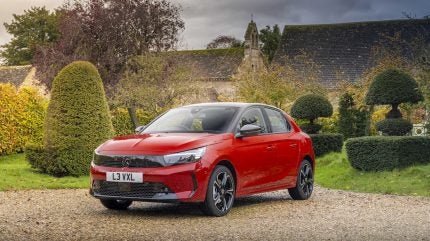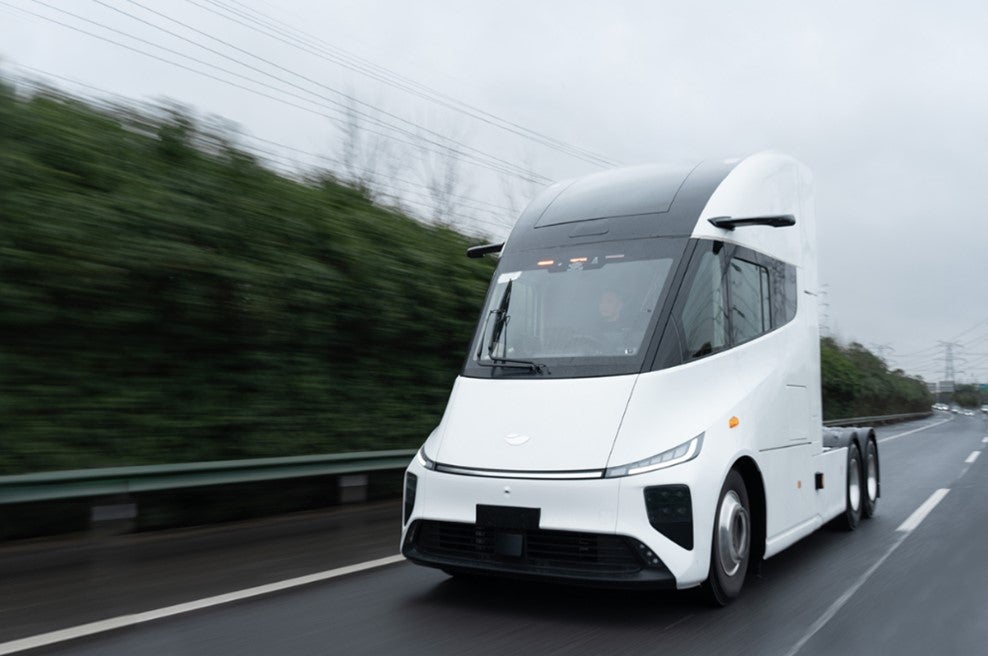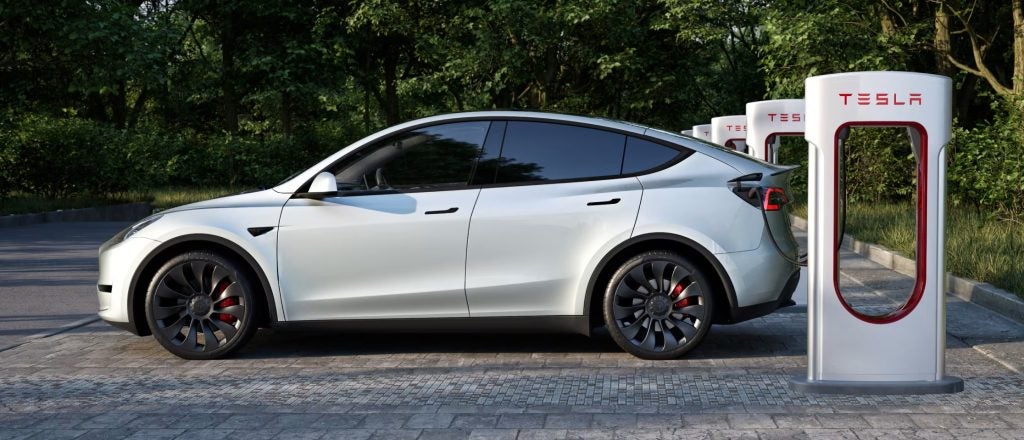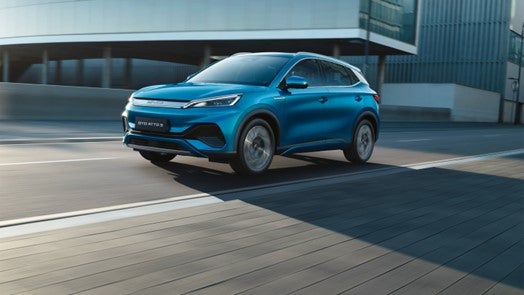
For decades, the domination of the Fiesta as the UK’s favourite vehicle was rarely challenged. The decision to axe the model, Ford then concentrating on the Puma and LCVs, changed everything. Both moves have proved successful yet other OEMs – specifically – Stellantis, quickly exploited the exit of Ford.
The Vauxhall Corsa had in fact been beating the Fiesta on and off in terms of monthly sales for a few years before production ended in July 2023. Fresh product is always an advantage whatever the vehicle class, and what had been a rapidly-created new model by Groupe PSA after it bought Opel-Vauxhall greatly helped. Why pay licensing fees to GM when an off-the-shelf platform from the Peugeot 208 could be leveraged?
IC, HEV and EV…
Just as encouraging for the maker of the Corsa is how well its strategies of electrification and multi-brand architecture and powertrain sharing have proved. Unlike for example the VW Polo, but in common with the Renault Clio, Vauxhall offers a raft of options including petrol, hybrid and electric choices. As buyers’ preferences and legislation evolve – and we know how rapidly things can change – Stellantis was ready.
The latest round of updates for the Corsa debuted at the Munich motor show last September though it took a few months for the facelifted model to reach British dealerships. The changes are clearly just what buyers want as the car’s popularity only seems to become ever stronger.
…but diesel is gone
How well do you really know your competitors?
Access the most comprehensive Company Profiles on the market, powered by GlobalData. Save hours of research. Gain competitive edge.

Thank you!
Your download email will arrive shortly
Not ready to buy yet? Download a free sample
We are confident about the unique quality of our Company Profiles. However, we want you to make the most beneficial decision for your business, so we offer a free sample that you can download by submitting the below form
By GlobalDataAs well as what is a modest but effective series of exterior revisions, Opel dropped the option of a diesel engine, Vauxhall having done the same with the pre-facelift model in 2022. There was also a tweak for how both brands refer to their EVs, Corsa-e badging becoming Corsa Electric.
The plug-in car offers the choice of 50 kWh or 54 kWh batteries as well as 100 kW (136 PS) or 115 kW (156 PS) motors. These specifications we also see in other Stellantis small cars, crossovers and SUVs, greatly assisting the company’s ongoing determination to bring down the cost of small electric vehicles.
Somehow the refreshed Corsa and myself had not crossed paths until recently, Vauxhall lending me a car powered by Stellantis 74 kW (100 PS) 1.2-litre three-cylinder turbo. In this case it was linked to an eight-speed automatic transmission but a six-speed manual alternative is available. Buyers may also select a 96 kW (130 PS) version of the same engine but in that case it is automatic-only.
Mild hybrids now available too
Further down the price range, there are 48V 74 kW (100 PS) and 48V 100 kW (136 PS) mild hybrids – linked to a standard six-speed DSG – as well as a 55 kW (75 PS) 1.2 non-turbo with a five-speed manual transmission. Just as Vauxhall deleted diesel availability two years ago whilst Opel retained it, some of these choices vary depending on the country.
Three trim levels plus one to come
Vauxhall specifies three trim levels though from the summer, a base YES model grade will arrive. The exterior changes genuinely make the car look more attractive, plus the front end now has something in common with the Astra. The same theme is present for the Mokka, Frontera and next Grandland.
Even YES and Design level cars somehow manage to eschew a bargain basement appearance, but GS and Ultimate take things up a notch with 17-inch black wheels with the same dark-gloss treatment applied to the roof and badges. Wheels for lower-spec trims are 16-inchers.
Worthwhile changes inside too
New touches on the inside include a seven-inch digital instrumentation display for GS and Ultimate, that diameter dimension being halved for cheaper cars. Anyone trading in a pre-facelift Corsa will also notice a fresh design for the steering wheel plus new sports seats on some model grades.
LED headlights are standard plus there are rear parking sensors, automatic wipers and lights, a seven- or ten-inch touschscreen, speed sign recognition and automatic emergency braking with pedestrian detection. Lane Keeping Assist is naturally there too and great news – I never noticed its presence.
Extra safety tech for Ultimate
Those who might be tempted by a Corsa Ultimate will find so-called IntelliLux LED Pixel Matrix headlights, Blind Sport Alert, Adaptive Cruise Control with Lane Positioning Assist plus heating for the Alcantara-covered front seats and steering wheel.
Dynamics
Does the Corsa feel its age at all? Not really, nor does it seem too similar to the Peugeot 208 from which it was fairly hastily created. Dimensions are quite different for a start, though there is no escaping the fact that most powertrains are shared. Which is far from a bad thing.
It speaks volumes that Stellantis gave neither Opel nor Vauxhall any form of sports variant when this shape Corsa debuted back in late 2019. Yet if the market demanded a new GSi, then surely one would have been created. It does though seem a touch odd that there is no rival for the VW Polo GTI even if Ford of Europe probably didn’t sell too many units of the high-priced Fiesta ST.
The Vauxhall’s handling is good but not really stand-out, while the steering has a decent level of accuracy and the car is certainly very comfortable. Which is what people want, rather than pin-point sharp direction changes and firm springing. In that context, the chassis set up is a fair compromise.
Sum-up
GS trim is the one to choose, bringing good standard equipment as well as those bigger wheels and tyres. The 100 PS turbo engine is also recommended for what I found to be a good mix of decent performance and compelling economy. Careful drivers might even see an average (just) above 50 mpg with 40-45 easily attainable at motorway speeds. All of which makes the continued success of the Corsa easily understandable. The latest changes will be much-liked by those who already saw many reasons to buy this market-leading model
Vauxhall Corsa pricing starts at GBP19,635 though a new GBP18,505 YES base trim becomes available in the summer (and GBP26,895 for the Corsa Electric YES)







